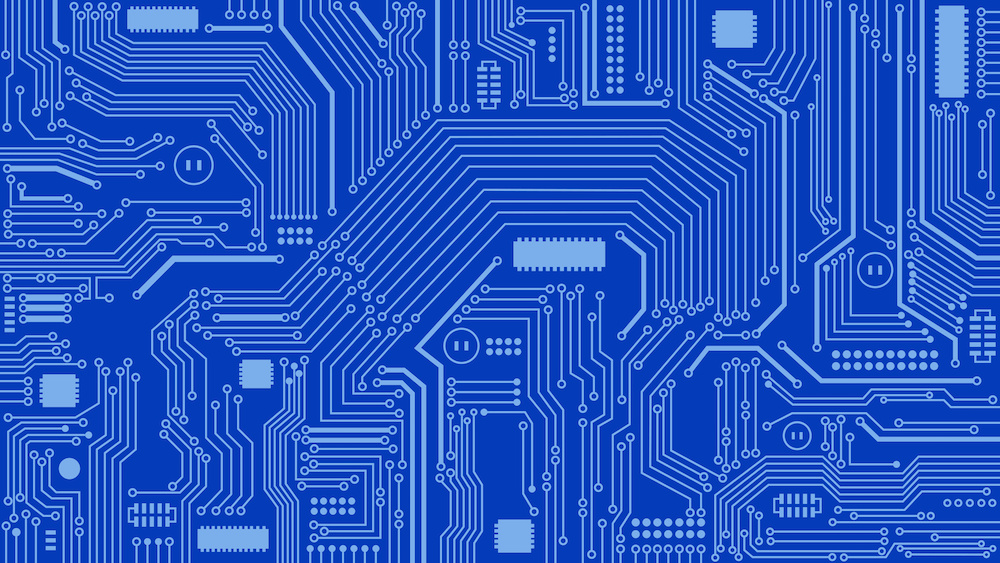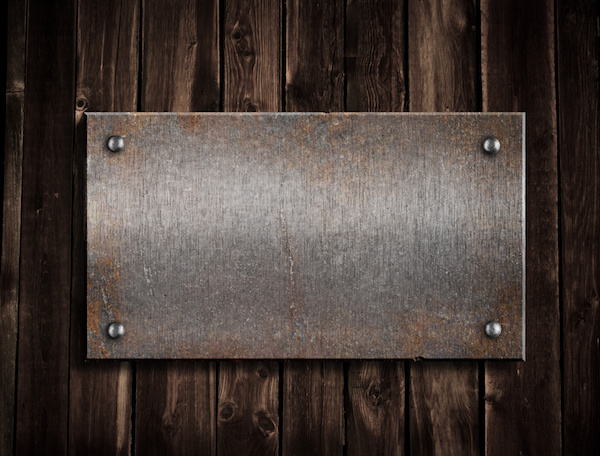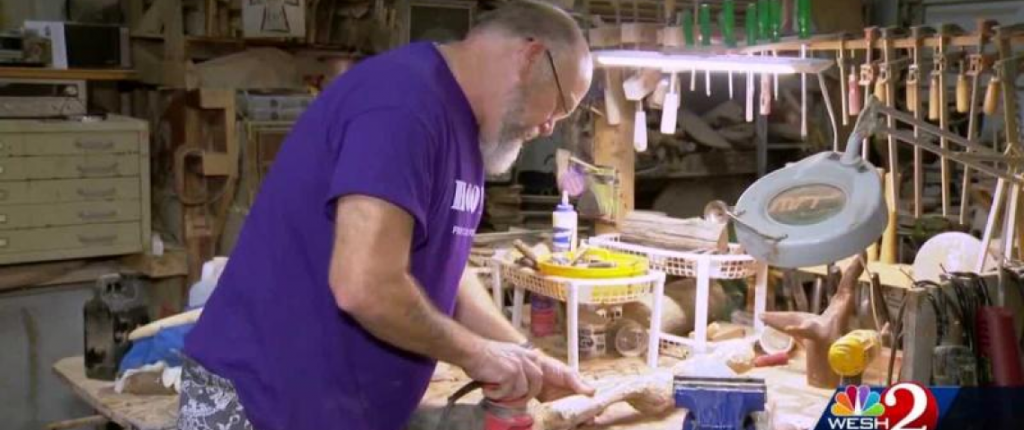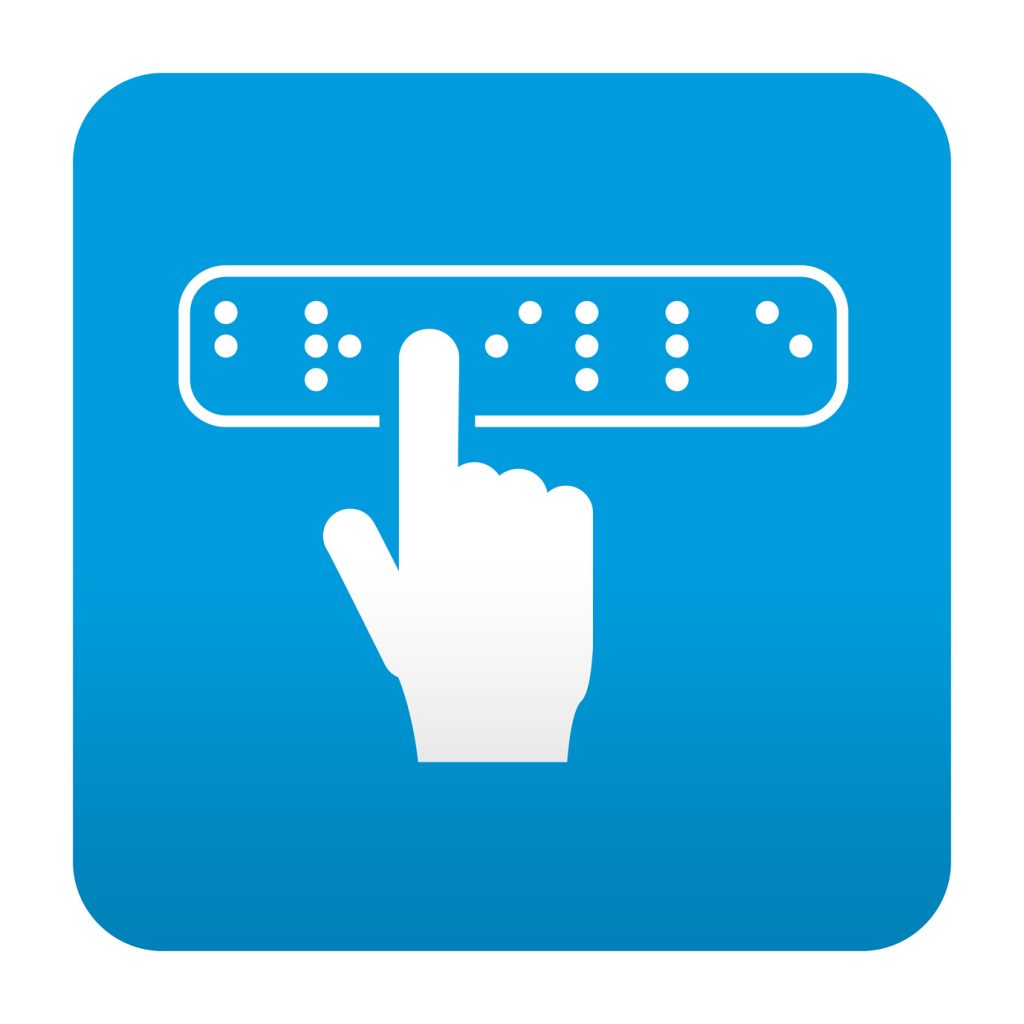A printed Circuit Board (PCB) assembly, could be just the thing you need for your business. But in order to really understand the purpose of a printed computer circuit board and how a computer circuit board works, you have to understand the very basic technology behind the product.
The Circuit Basics
Electric circuits are made up of wires and other components, such as light bulbs, transistors, computer chips, and motors. Conductive materials are what make up the wires that connect the components of the circuits. Copper and aluminum are most frequently used as conductors, but gold is sometimes used to attach wires to small electronic chips as well because it has a higher resistance to corrosion.
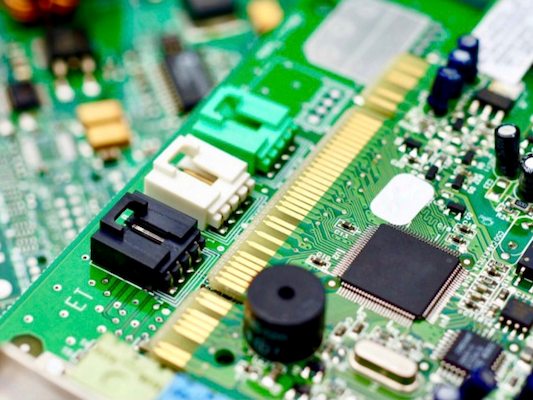
Different Types of Circuits
Power circuits work with transferring and controlling large amounts of electricity. Examples of power circuits are power lines, and residential or business wiring systems. The major components of power circuits are generators at one end and lighting systems, heating systems, or household appliances at the other end. Power lines, transformers, and circuit breakers are in between the two. Electronic circuits, on the other hand, are responsible for processing and transmitting the information. These are more along the lines of computers, radios, TVs, radars, and cell phones.
Here are some other components of circuits:
- If you’re working with a closed circuit, you’re working with a complete path for current to flow.
- An open circuit doesn’t have this, which is an indicator that it is not functional.
- A short circuit is a path of low resistance and can occur when two bare wires in a circuit touch each other.
- In a series circuit, the same current flows through every component—think of a string of Christmas lights! If one goes out, they all go out; no current will flow, and none of the lights will go on.
- When you think of a parallel circuit, think of blood vessels that branch off from an artery and connect to a vein. It’s the same idea with wires; one acting as the “artery” and one acting as the “vein” with smaller wires attached. The smallest wires have the same voltage applied, but different amounts of current flowing through them, depending on the individual wiring.
Circuit Classifications
One way that circuits are classified is in regards to the current flow. Some of the earliest ones to ever exist were powered by a battery, allowing for a current to flow steadily in one direction. Considered a direct current, or DC.
To accommodate the need for power to travel over long distances, the alternating current, or AC, was invented by engineer Nikola Tesla. AC currents are always changing and reverse directions all the time. With this type of current, it is possible to use transformers to change the level of voltage, which is necessary for electronic circuits.
What does this have to do with printed computer circuit boards?
The purpose of a printed circuit board is to hold an electronic circuit together. When all the different components are attached to it, it is called a printed computer circuit board assembly, or PCBA. A PCB with multiple layers can contain as many as ten stacked PCBs. This allows for the formation of a three-dimensional electronic circuit.
Components of A Circuit Board
Components soldered onto the PCB are essential for conducting electricity on the boards.
Some of the components included on a computer circuit board includes:
- Transistors are the most important part of an electronic circuit and can be described as tiny switches that are triggered by electric signals. They are the basic building blocks of microchips. Working alongside these are more passive elements like resistors and capacitors.
- Resistors apply a specific amount of resistance to the current. They transmit the electric current to produce voltage.
- Capacitor stores electric charge in the board and releases it when power is needed.
- Inductors store energy as a magnetic field and block interference signals in the board. Small circuits, commonly labeled “micro-electric,” don’t use inductors very often.
- Diodes control the flow of electricity making it only flow in one direction to avoid causing damage.
The most advanced designers of computer circuit boards use computer-aided design programs or CAD. These are the most realistic way to design circuit boards because of the complexity of digital computers- as they use millions of transistors.
One of the best ways to understand the products we create for your every need is to study the basic components. The world of circuits and circuit boards is vast and there is always something new to learn. Whether it’s an advancement or yet another element of your printed computer circuit board project.
Types of PCBs
There are several different types of PCBs you can choose from depending on your planned usage.
These consist of:
- Single-sided PCBs – Most commonly used type of PCB used with almost any electronic circuitry
- Double-sided PCBs – The components are on both sides of the PCB, used for more complex circuitry, and is slightly more expensive
- Multi-Layer PCBs – Combines two double-sided circuits, used in most electronic devices
- Rigid PCBs – Made out of thermoplastic material, the most durable, and often used in military technology
- Flex Circuits – Uses flexible material in smaller assemblies for simple electronics
- Rigid-Flex PCBs – A combination of both the rigid and flex PCBs, providing both flexibility and durability
- High-Frequency PCBs – Used for circuits that have fast microprocessors for high productivity computers
- Aluminum PCBs – Uses an aluminum backing to add more strength when there is a lot of electromagnetic energy
A computer circuit board specialist can help you determine which type is right for you depending on the application of your PCB.
Design and Manufacture Your PCB With Hallmark Nameplate
You can learn more about our PCB (Printed Circuit Board) Assembly Services by visiting our website. Our team will help walk you through the electronic assembly process and answer all your questions.
Find the perfect solutions for your needs, request a FREE quote today!

